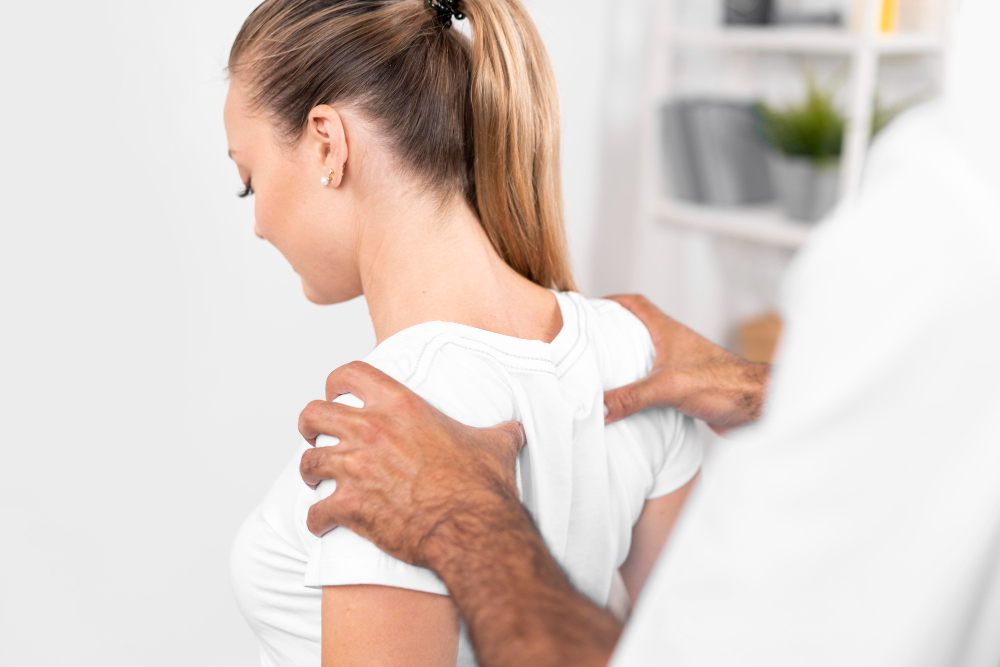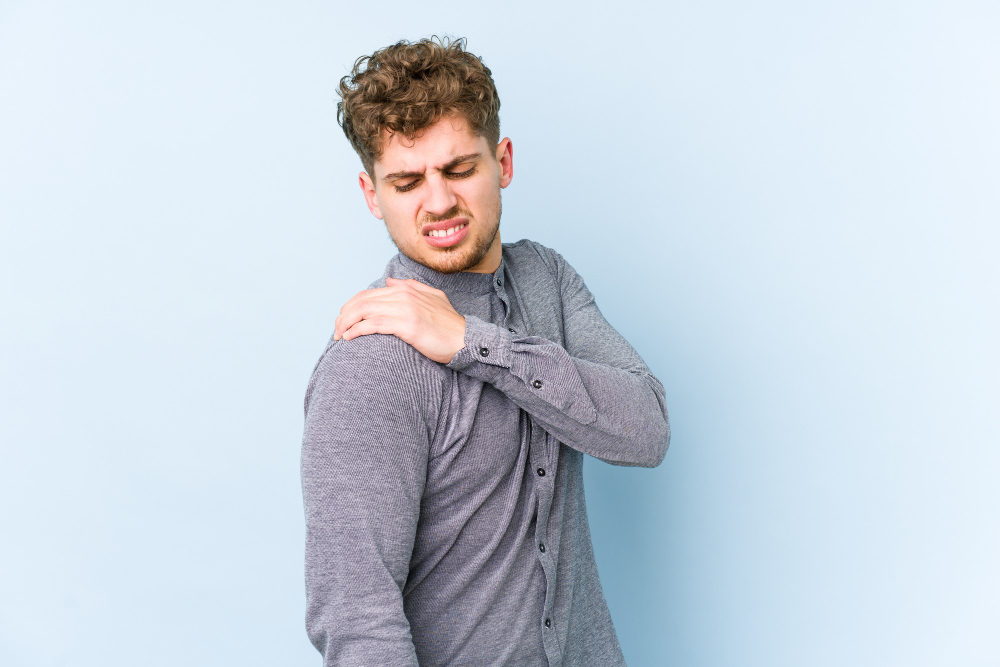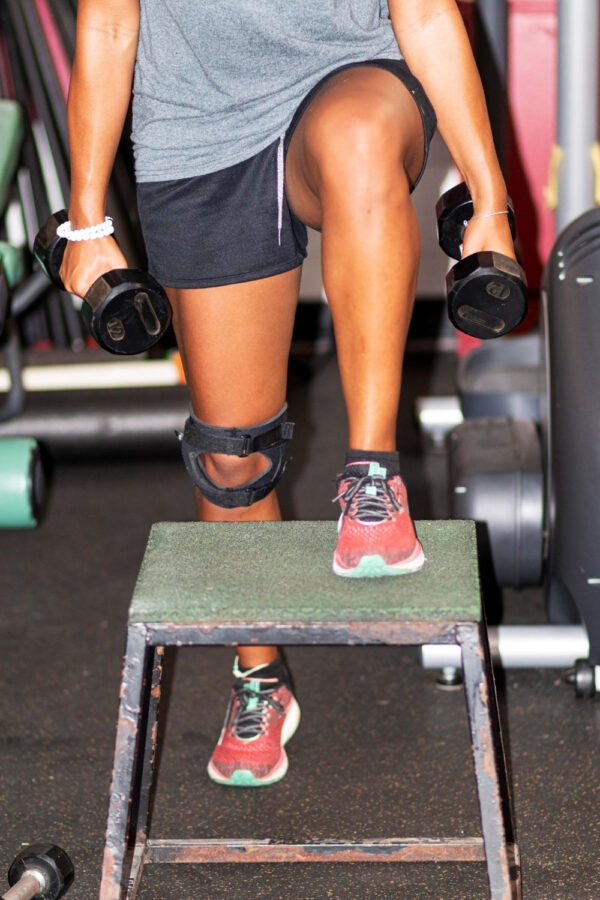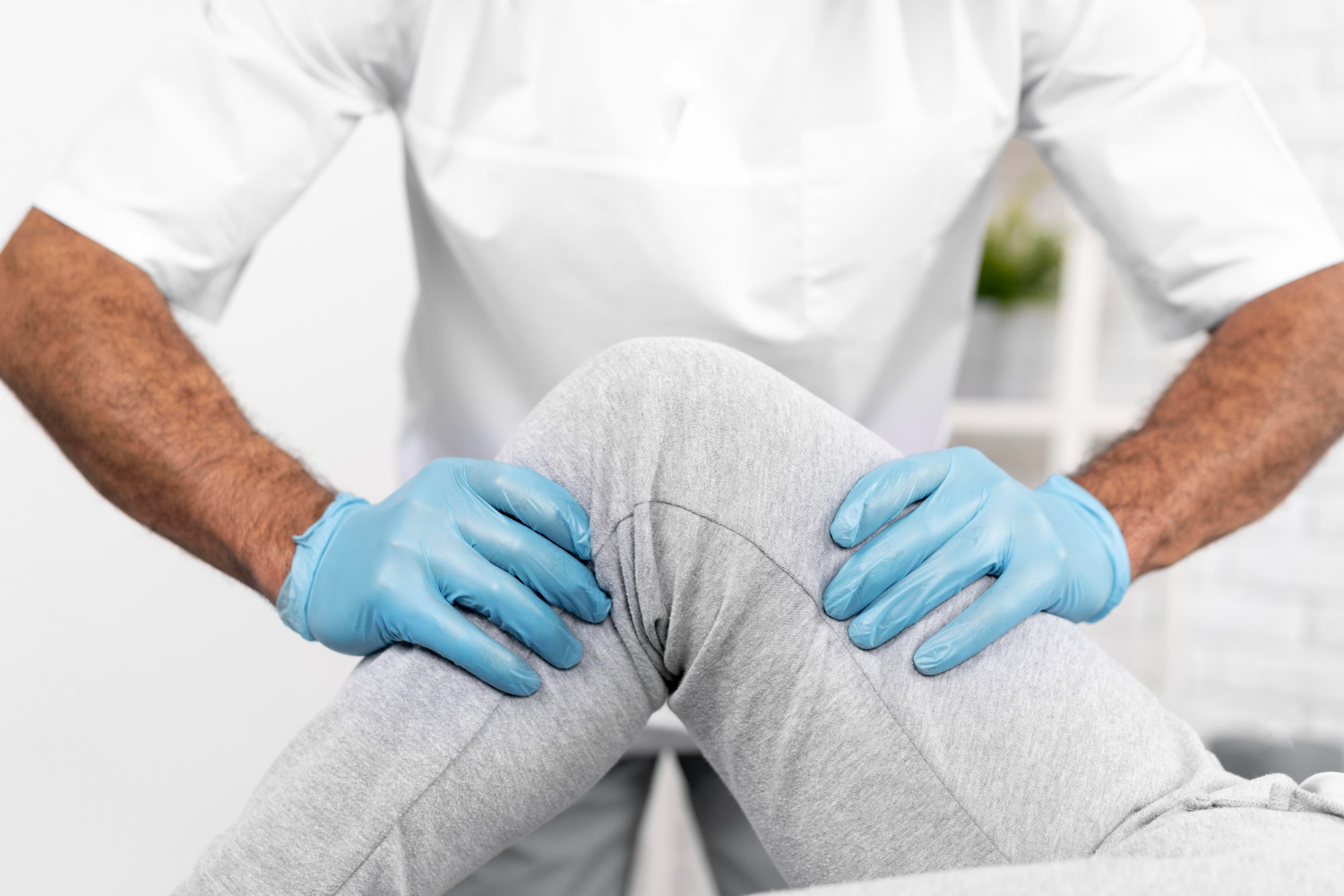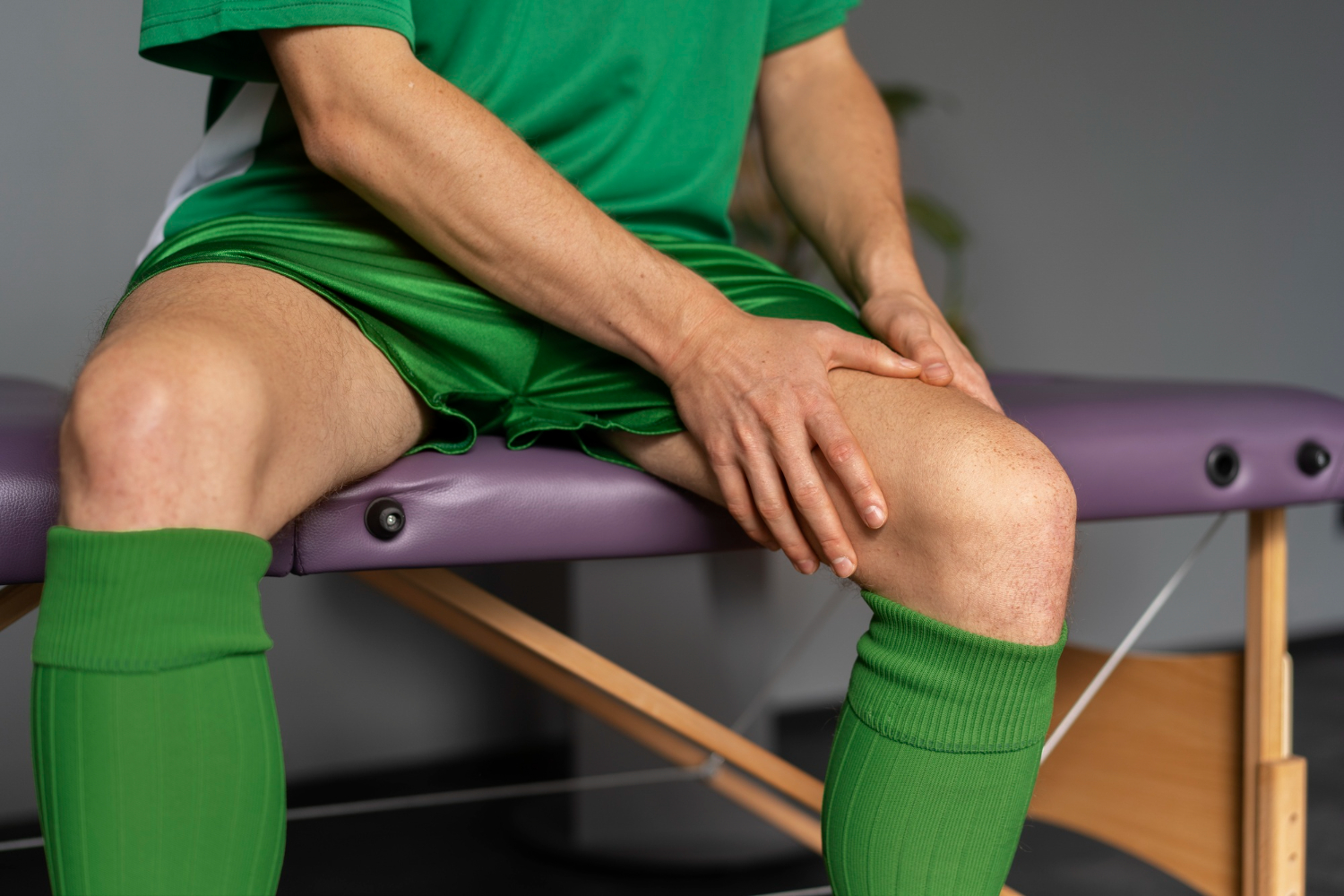When Should You Consider Physical Therapy for Back Pain?
Back pain is a common ailment that affects millions of people worldwide. It can range from a minor nuisance to a debilitating condition, significantly impacting your quality of life. While there are many treatment options available, physical therapy is often recommended as an effective approach to managing and alleviating back pain. But when should you consider physical therapy for back pain? Here are some key situations where physical therapy might be the right choice.
Persistent Pain Lasting More Than a Few Weeks
If you have been experiencing back pain that lasts longer than a few weeks, it’s a sign that you might need professional help. Acute back pain often resolves on its own within a few days to a week. However, if the pain persists, it could indicate an underlying issue that requires targeted treatment. Physical therapists can assess your condition, identify the root cause of your pain, and develop a personalized treatment plan to address it.
Pain That Interferes with Daily Activities
When back pain starts to interfere with your ability to perform daily activities such as walking, sitting, standing, or lifting, it’s time to seek help. Physical therapy can help improve your mobility and strength, allowing you to return to your normal activities without discomfort. Therapists use a combination of exercises, manual therapy, and education to help you manage your pain and prevent future episodes.
Following an Injury or Surgery
If you’ve recently suffered an injury or undergone surgery that affects your back, physical therapy can be an essential part of your recovery process. Physical therapists can guide you through specific exercises and techniques to promote healing, restore function, and reduce pain. Early intervention with physical therapy can also prevent complications and speed up your recovery time.
Recurrent Episodes of Back Pain
Experiencing recurrent episodes of back pain is a clear indication that you need to address the underlying issue. Physical therapy can help identify and correct the factors contributing to your recurring pain. Therapists can work with you to improve your posture, strengthen your core muscles, and teach you proper body mechanics to prevent future episodes.
When Conservative Treatments Aren’t Working
If you’ve tried conservative treatments like rest, over-the-counter pain medications, and home exercises without significant improvement, it’s time to consider physical therapy. Physical therapists have specialized training and expertise in managing musculoskeletal conditions, and they can provide more advanced and effective treatments than what you might try on your own.
Diagnosed Conditions Affecting the Spine
Certain medical conditions affecting the spine, such as herniated discs, spinal stenosis, or sciatica, often require targeted treatment to manage pain and improve function. Physical therapy is commonly recommended for these conditions as it can help alleviate symptoms, improve mobility, and enhance overall spinal health.
Preventive Care for At-Risk Individuals
Even if you’re not currently experiencing severe back pain, physical therapy can be beneficial as a preventive measure, especially if you’re at risk of developing back problems. Individuals with sedentary lifestyles, poor posture, or physically demanding jobs can benefit from physical therapy to strengthen their back muscles, improve flexibility, and learn proper ergonomics.
Conclusion
Back pain is a prevalent issue that can significantly impact your daily life. Knowing when to seek physical therapy can make a big difference in your recovery and overall well-being. If you’re dealing with persistent pain, difficulty performing daily activities, recovering from an injury or surgery, experiencing recurrent episodes, or not finding relief with conservative treatments, physical therapy might be the right choice for you. Always consult with a healthcare professional to determine the best course of action for your specific condition. With the right approach, you can manage your back pain effectively and regain your quality of life. Contact our office at 480-272-7140 if you have questions about when you should consider physical therapy for back pain.

